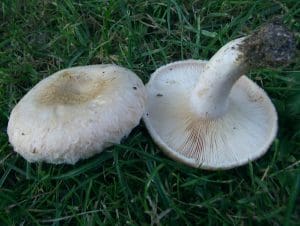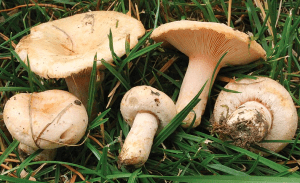Bearded Milkcap / Summer / Autumn / Poisonous
Though this Bearded Milkcap (Lactarius pubescens) Identification we’re going to look at the key features for features so you feel safe to not accidentally pick it.
Scientific Name
Lactarius pubescens
Family
Russulaceae
Habitat
Often growing near Birch and often growing in sandy soil.
Description
An uncommon mushroom with lactating (milk producing) gills and flesh. Has white milk which tastes incredibly hot and acrid.
Identifying Features:
Cap
The Cap can have a width up to 10cm. Convex, becoming depressed in the middle. Has woolly turned in edges and is white pale salmon/yellow with just about visible concentric lines.
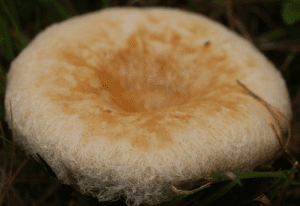
Björn S…, CC BY-SA 2.0 <https://creativecommons.org/licenses/by-sa/2.0>, via Wikimedia Commons
Stem
Same colour as the cap but often with a rosy buff band at the top. Chunky solid stem tapering off slightly to the end. Height is 1-2cm.
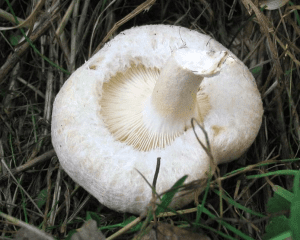
Игорь Лебединский, CC BY 3.0 <https://creativecommons.org/licenses/by/3.0>, via Wikimedia Commons
Gills
The gills of the bearded milk cap are white, pale salmon crowded and running down the stem (decurrent gills).
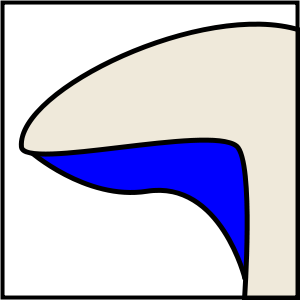
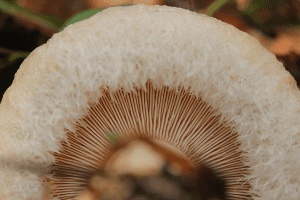
Björn S…, CC BY-SA 2.0 <https://creativecommons.org/licenses/by-sa/2.0>, via Wikimedia Commons
Smell
No distinct smell, it can sometimes be a little acrid depending if it’s started to leak milk yet
Spores
Spore print is pale cream with a faint salmon tint
Milk is white, hot and acrid.
Differences
Minimal differences between this species of Milkcap from it being young to growing older apart from the general growth of fungi
Uses
Toxic, no known uses as of yet
Hazards
This mushroom is Toxic and has caused blistering on some people
Potential Lookalikes
Could possibly be confused with the Woolly Milkcap (Lactarius torminosus), which is also toxic and is much more obviously salmon to pale pink in colour.



